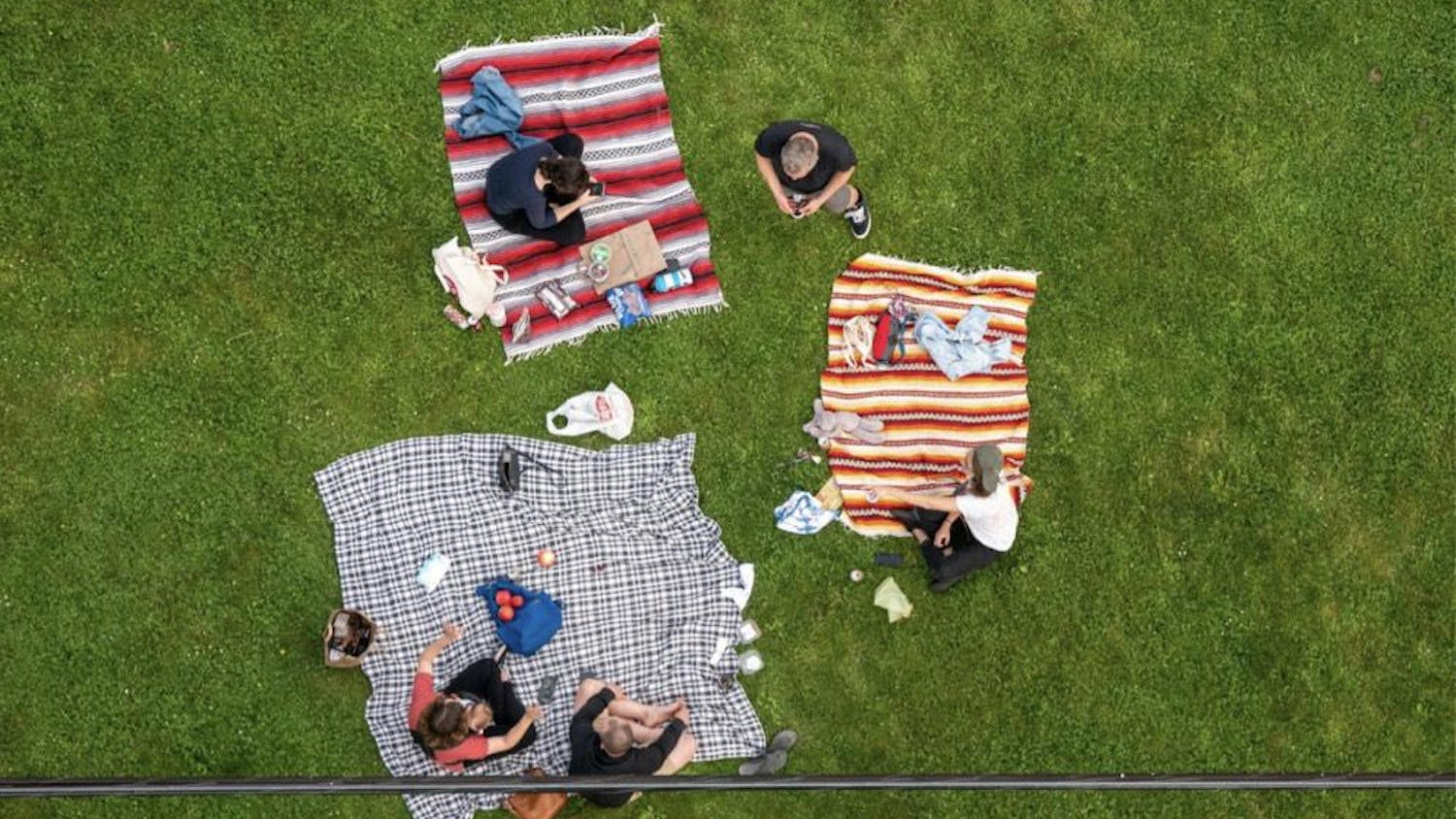The purpose of this column is to help create an atmosphere where critically engaging our culture becomes the norm. When we are intentional about this, we are able to clearly delineate those behaviors that fit us and those which do not.
This then leads to our community being able to discuss relationship-based topics thoughtfully, honestly and courageously.

The end result of this process is an environment where healthy dialogue, personal introspection and culture change (if desired) are real possibilities. It is an expectation of human nature that we typically follow the traditions of those who have gone before us.
This is true of the Notre Dame community. Some of our traditions are of great value and flow naturally from the founding tenets of this institution. There are other traditions, however, that make one wonder about the underlying mechanisms that keep them alive.
Let us consider the beloved tradition of dressing up (or down as the case may be) for Halloween.
We should all be concerned about issues that hinder our ability to build authentic relationships in our community. I have talked with a number of individuals who label dressing up for Halloween as a "harmless way to relax" from the pressures of academia.
No argument here. When I was an undergraduate, I participated fully in my share of costume parties. I must say, however, that the style of costumes has changed drastically over the years.
Although there are some students who still choose "traditional" costumes, the "cover as little as possible" motif has become a common occurrence. As individuals who are growing into manhood and womanhood, it is important to feel attractive and desired. I get it.

But we sometimes cross "the line" when we adopt the norms of popular media to determine our attractiveness. The current social environment has certain assumptions and expectations for attracting positive attention, and this influences greatly how we think others "want us" to look or behave.
By following these well-established, but unwritten rules, we actively participate in objectifying ourselves and others. Among other characteristics, this can take the form of women showing more skin than they normally would and men adopting a nonchalant, emotionally distant form of relating.
Objectification is ubiquitous in our society. How ironic that although extremely common, we have a hard time recognizing it.
This was never more salient to me than when I was recently walking through the mall with one of my daughters, and she commented on her displeasure with one of her body parts.
I am grateful that she was willing to discuss her perceptions with me in some detail and that I was able to point out both real and impossible to attain (air brushing, plastic-like skin, computer generated perfection) versions of beauty in the mall.
Crisis averted ... for now.
From music videos, to posters on our walls, to video game characters, to "sex sells" advertisements, objectification distorts the entirety of the human experience by emphasizing only the physical component of the person.
For a fuller explanation, I encourage you to check out the film "Killing Us Softly" which is available for your use from the Gender Relations Center resource library.
The ultimate expression of objectification is the production and consumption of pornography. Pope John Paul II has been quoted as saying, "The problem with pornography is not that it shows too much, but that it shows too little."
I agree with this statement completely. Focusing on only the physical is disrespectful and inadequate in representing the marvelous, incredible and mysterious nature of God's human creation.
As beings created for both vertical (with God) and horizontal (with each other) relationships, it is in our best interest to recognize that our acquiescence to popular culture does not always yield the quality of relationship we desire.
I think I am on safe ground when I say that most of us are looking for vertical and horizontal relationships that are meaningful and authentic. This is a lofty goal, but one that is attainable. A necessary part of this process will be our ability to pay close attention to the scripts we bring to life.
Without circumspection, these scripts often lead us down the path of objectification and become the water we swim in.
All is well when the tide is high, but when the water recedes we are left gasping for air. How unfortunate it is that in many cases, these scripts determine our life experience instead of the other way around.
This is where the courage piece talked about earlier comes in. When you recognize a maladaptive script in your life or in the life of a friend, will you have the courage to swim against the tide?
May God bless us with this kind of personal honesty and authentic friendship.
Dr. G. David Moss is the Assistant Vice President for Student Affairs and the Interim Director for the Gender Relations Center. He can be contacted at gmoss@nd.edu
Rachel Kellogg also contributed to this article.
The views expressed in this column are those of the author and not necessarily those of The Observer.












